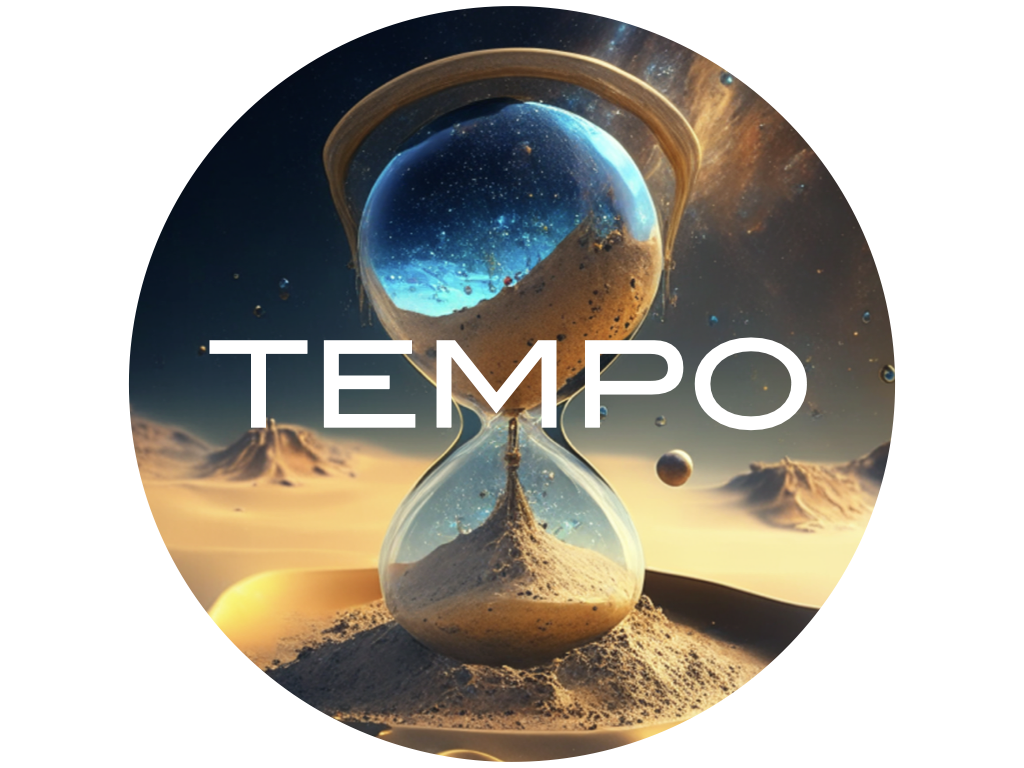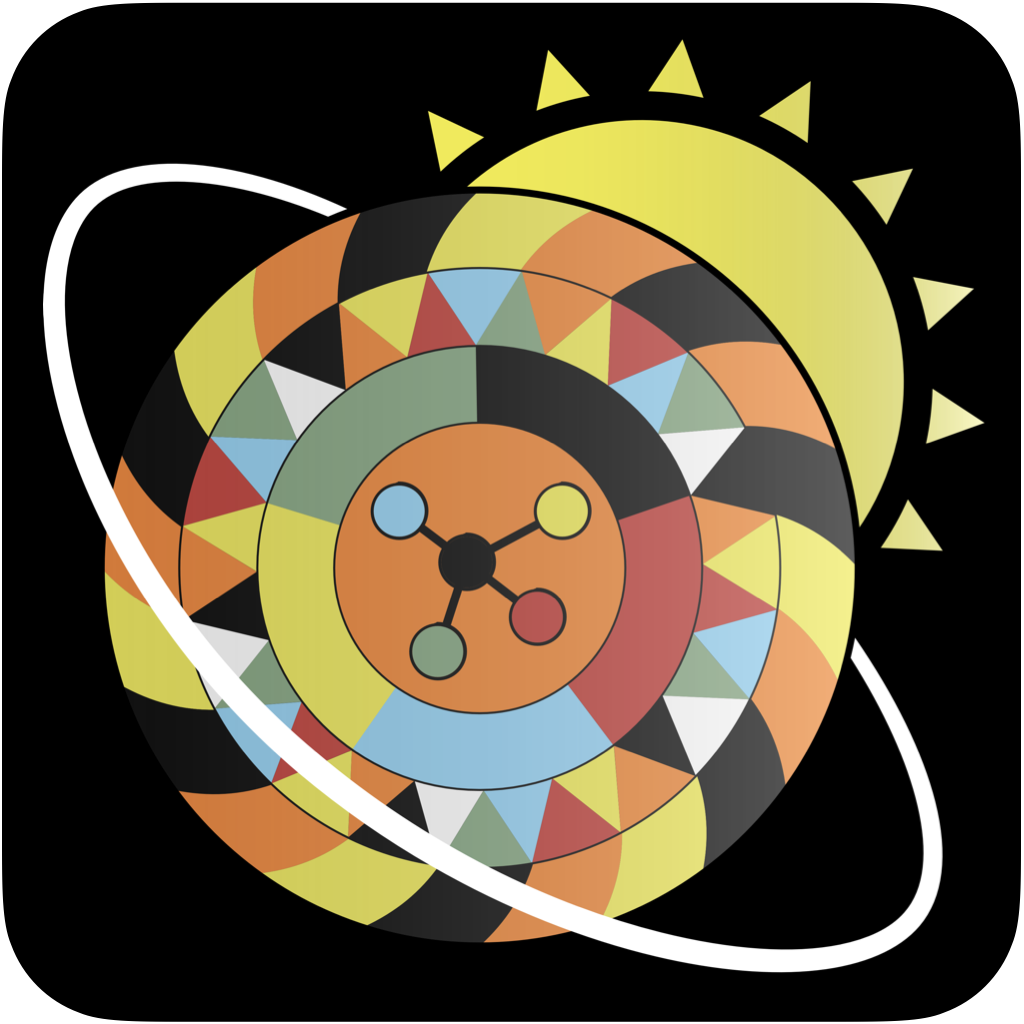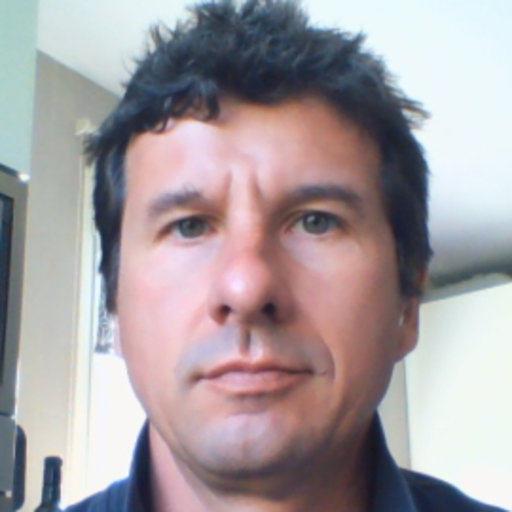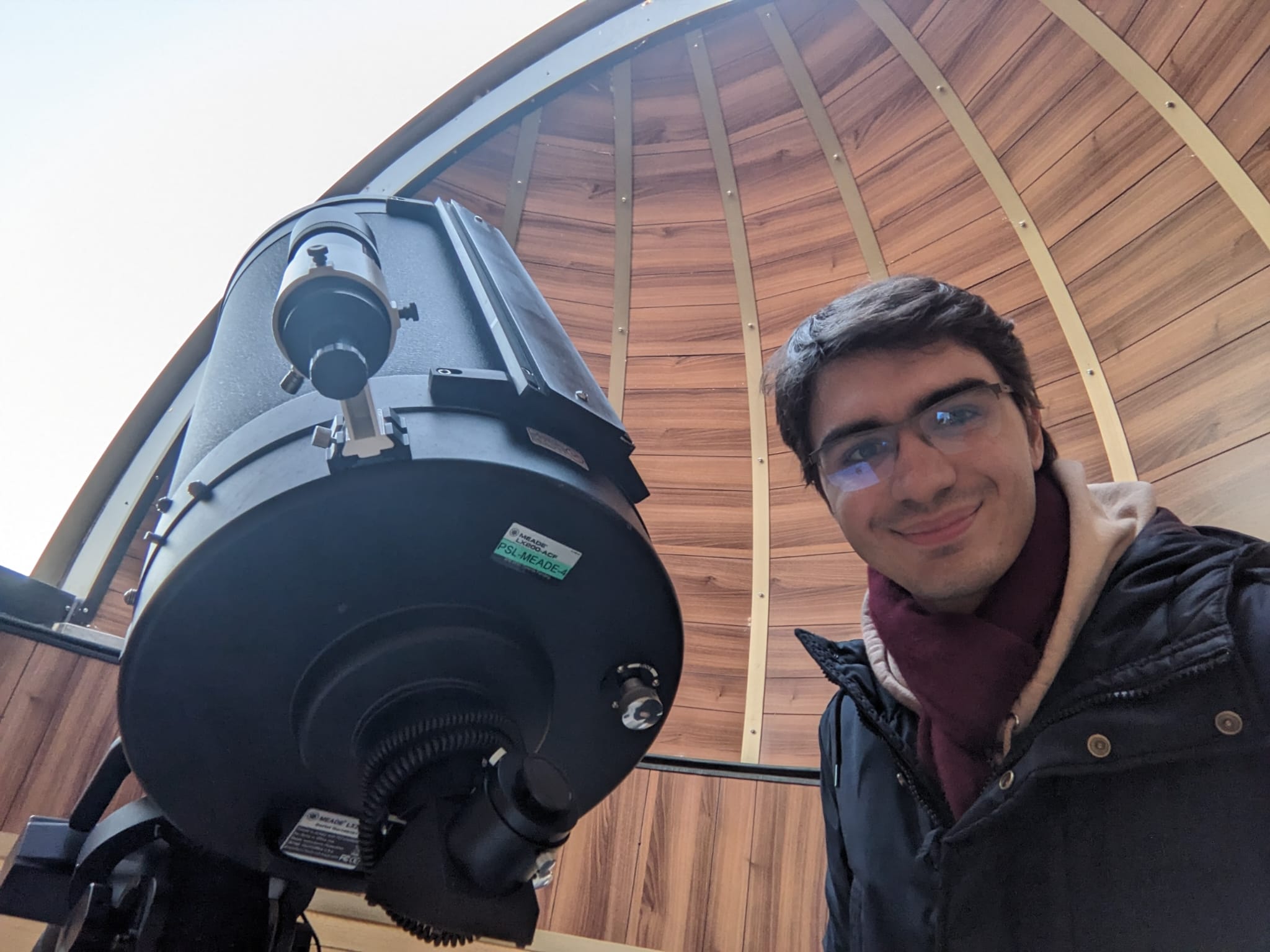About
The Remote Worlds Lab is a research group at the Center for Astrobiology, lead by Jorge Lillo-Box, devoted to the detection, study and understanding of planetary systems beyond our own Solar System. Our focus is on the serch for planets in previously unexplored regions of the parameter space. To this end, we have developed different projects that aim at tackling the different challenges in the field (see the Research section). These actions directly contribute to the generation of wisdom in the field by filling gaps in the scientific knowledge and pushing its boundaries through exploratory ideas. We are also very involved in Outreach activities, specially in Spanish.
--
We are part of the Astrophysics Department of the Center for Astrobiology (CAB), a mixed institution that belongs to both the Spanish Research Coulcil (CSIC) and the National Aerospace Institute (INTA).
Job opportunities
Opened opportunities to work with us

PhD position
Open predoctoral contract (FPI) to develop work on our KOBE experiment and TEMPO project (Temporal Evolution and Metamorphosis of exoPlanets and their atmOspheres).
Call status: Open
Deadline: 7-November-2024 @ 23:59 CET

Spanish postdocs
Information about the regular calls for postdocs in Spain issued by either the Spanish government (Ramón y Cajal and Juan de la Cierva Programs) or private institutions (e.g., Junior Leader). Check out this general information page.
Call status: Check status
Deadline: To be defined

Spanish PhD offers
Information about the regular calls for PhD contracts in Spain issued by either the Spanish government (FPI and FPU programs) or private institutions (e.g., LaCaixa InphINIT). Check out this general information page.
Call status: Check status
Deadline: To be defined
News
See all previous news in this page
Achievements
Our lab in numbers
Discovered exoplanets
Studied exoplanets
Publications
Funding (k€)
Research projects
From the Remote Worlds Lab we are currently leading the following research projects

The KOBE experiment
A radial velocity search for habitable-zone worlds around late-type K-dwarf stars
[Website]

The TROY project
A hunt for the first co-orbital extrasolar planets: the Rosseta stone of planet formation and evolution [Website]
Team
The Remote Worlds Lab is composed of very bright people from the Department of Astrophysics at the Center for Astrobiology (CAB).
- All
- Staff
- PhD
- Postdocs
Research topics
Habitable worlds around late K-dwarfs

Despite the large number of planets found to date around different types of stellar hosts, there is a clear desert of planets detected inside the habitable zone of late-type K-dwarf stars (with effective temperatures in the range 3800-4600 K). However, these stars are ideal for planet detection in this regime (given their low temperatures and hence shorter periods of the planets in the HZ) and the perfect environments for planets to sustain life on their surfaces (absence of large stellar flares and no tidal locking). We hypothesize that the HZ-desert in the late-Ks (despite their interest in the astrobiological context) is due to an observational bias, with the first surveys focusing in solar-like stars in similarity to our own system and recent surveys focusing in M-dwarfs because planets are easily detectable in such cool and low mass stars. To proof this hypothesis, we developed the KOBE experiment (K-dwarfs Orbited By habitable Exoplanets, PI: J. Lillo-Box). KOBE was accepted as a Legacy Program for the Calar Alto Observatory and 175 observing nights were assigned with the CARMENES instrument on the 3.5-meter telescope over 2.5 years (2021-2023). KOBE thus became one of the observatory's core projects. The main objective of this program is the detection of planets in the habitable zone of late K stars. The new planets detected will be prime targets for future missions like PLATO (to search for their transits) and LIFE (to characterise their atmospheres). The coming years will be key to exploit the KOBE observations and produce the legacy products to be delivered to the community
Exotrojans and minor bodies

Planet formation theory predicts the frequent genesis of co-orbital worlds (two planets sharing the same orbital path around their parent star in different possible configurations around the so-called Lagrangian points). Yet, none of these configurations have been found among the more than 3500 known exoplanetary systems. If planet formation theories are correct, where are these orbital intruders? Why are they so elusive? Otherwise, what are theories of planet formation and evolution missing to produce configurations that are not present in nature? The search for these configurations from an observational point of view has been missed in the exoplanet exploration. TROY is filling this gap. This approach shifts the focus from the present architecture of planetary systems to a past (possibly) transient co-orbital phase of their lives. TROY is rewinding the tape of planetary systems to unveil their dynamical history by recovering a so far hidden (or even neglected) piece of the puzzle (co-orbital worlds), and studying its role in shaping planetary systems, including its influence in the habitability of rocky worlds and the formation of (exo)-moons.
Planets around giant stars

The large population of planets around main-sequence stars is already providing key insights into the planet formation process and how planetary systems are built to finally reach their present architecture. By contrast, very little is known about the evolution of these systems once the star ages towards the red giant branch. Only ~200 exoplanets have been detected around evolved stars ascending the red giant branch (RGB). This relatively small population is dominated by long-period planets orbiting beyond 0.5 AU. Before the launch of the Kepler mission (Borucki et al., 2012), no planets had been detected closer to 0.5 AU around giant or subgiant stars (see Lillo-Box et al., 2015). This desert was interpreted as a consequence of the stellar evolution and the subsequent engulfment of planets in the inner regions of planetary systems (e.g., Villaver et al. 2014; Jones et al., 2011). Is this really the case? Our team has developed a new technique to detect planets in this regime by using the already existing photometric time series from space-based missions like Kepler or TESS and is preparing the tools for PLATO. By detecting these close-in planets (through TESS now) and studying their atmospheres for the first time (ESO and JWST proposals submitted), we will fill a gap in the exoplanet zoo and will provide the first insights into the evolution of close-in planetary systems through the PiGs (Planets in Giant stars) challenge.
Exoplanet tolerability to life

The parameters defining an environment as suitable for the development of life, as we know it on Earth, are known. However, not all combinations and ranges of these parameters allow life to be sustained. With the large number of extrasolar planets being detected, defining the limits and probabilities for living organisms to survive in a given environment with partly unknown properties is critical to prioritize targets for subsequent searches of biomarkers with expensive facilities (like JWST). In the Maisha enterprise we are developing a three-phase project towards understanding the weight of each of these parameters in life sustainability (phase 1), how different combinations influence the presence of different types of organisms (phase 2), and their effect in our search for biomarkers (phase 3). The hypothesis in this project relies in the fact that emergent life in other worlds is similar to (or based on the same elements and developing similar evolution pathways than) life on Earth. After having completed most of phase 1 of the project (Lillo-Box et al., 2023, submitted), the project will now move along the coming years into phases 2 and 3. These phases will apply artificial intelligence and bioinformatics to the comprehension of life development and sustainability in extrasolar planets.
Application of AI to exoplanet detection and target

We now know that planets abound in the Milky Way. However, are the different type of planets formed more frequently in some types of stars more than others? The large population of planets and host stars that we have today allows us to start thinking about carefully selecting specific stars when we aim at detecting specific types of planets. In exoAId (exoplanet Artificial Intelligence detection) our hypothesis relies in the fact that the answer to the previos question is “yes” and we aim at developing AI algorithms fed by the large number of data available with the large ESA/NASA missions (like Gaia or TESS) to prioritize stars to look for extrasolar planets in general (i.e., stars more likely to have planets) and to look for specific types of planets. This project will bring the exoplanet hunt to a new stage, where stellar targets are more carefully selected and where the efficiency of planet detection is higher (key for expensive instruments and space missions like PLATO or LIFE).
Outreach
Youtube channel
Visit our Youtube channel (in Spanish) at Mundos Lejanos
Follow us on Twitter to get all the news and results from our research group!
Tweets by MundosLejanos_Blog
Blog site in Spanish for the general public: Eppur si muove









